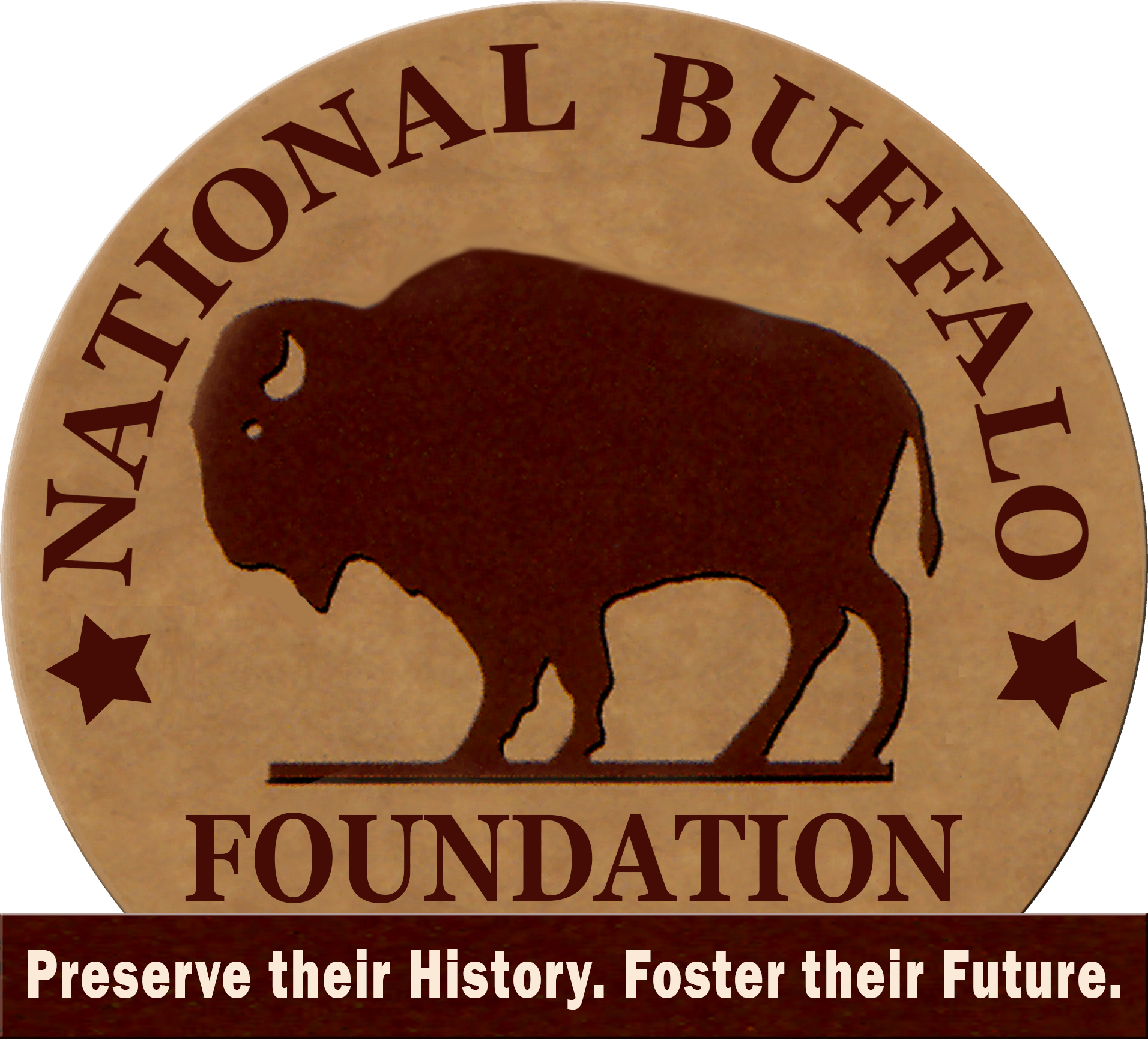As an employee of the American Fur Trading Co., Frederick Dupree came to Fort Pierre, Dakota Territory, in 1838—not realizing he would become one of the first protectors of the bison, the very means of his livelihood.
Dupree’s wife, Good Elk Woman, was of the Central Lakota Sioux people known as Miniconjou. He later changed her name to Mary Ann Dupree. He adopted her son, Henry Makes Room. He and Mary Ann went on to have an additional nine children: Xavier, Edward, Pete, Fred, Maggie, Esther, Armaine, Josephine and Marcella. They lived in what is now South Dakota on the north side of the Cheyenne River, 35 miles west of where it empties into the Missouri River.
In 1883 a strong desire to preserve the bison prompted Dupree and some of his sons to go on a hunt for calves to start herd. Dupree took five calves they captured from a small herd they found in Montana back to the Moreau River and later moved them to the home ranch on the
Cheyenne River. Under Dupree’s care the nine calves had grown to become a herd of 83 head by 1889, the year of his death. Dupree’s son took control of the herd but died shortly after his father. It was feared the herd would be slaughtered in an effort to settle the Dupree estate, but these animals were purchased by Scotty Philip. They went on to become the Custer State Park starter herd, eventually restocking bison across the entire nation.





0 Comments